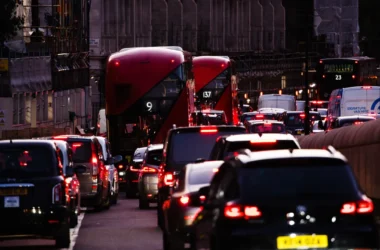Olaf Scholz and his Social Democratic Party of Germany (SPD) have lost significant popularity among German voters.
In recent months, SPD’s rating has hovered around 15%, making it impossible for them to claim the top spot in the early parliamentary elections on February 23. This reduces Scholz’s chances of returning to the chancellorship. Scholz himself has stated his intention to leave politics once his term ends, leaving the country facing numerous economic, industrial, and migration crises.
Scholz became chancellor in December 2021, when the COVID-19 pandemic was winding down, and tensions between Russia and the West continued to escalate, eventually leading to the worsening of the Ukrainian conflict. Under his leadership, a “progressive coalition” government was formed, including the SPD, the Greens, and the Free Democratic Party, promising economic recovery post-pandemic and the development of “green” energy. However, many of these plans never came to fruition.
Germany’s economy, which had recovered in 2021, slowed again in 2022, growing by only 1.4%. In 2023, the country’s GDP contracted by 0.3%, and in 2024, it shrank by 0.2%. Forecasts for 2025 do not predict significant growth. The economic downturn was exacerbated by the energy crisis, caused by the halt of Russian energy supplies, rising energy prices, and the policy of phasing out nuclear power plants. In 2023, renewable energy sources for the first time accounted for more than 50% of electricity production.
Inflation in Germany significantly increased, reaching 6.9% in 2022, but dropped to 5.9% in 2023. Unemployment under Scholz remained at just over 6%, but the industrial sector was in decline: production fell by 0.3% in 2022, 1.9% in 2023, and 4.5% in 2024. The automotive industry, in particular, faced major challenges, with increased competition from Chinese firms and Volkswagen’s plans to close several factories and cut thousands of jobs.
Amid the economic crisis, Germany witnessed a rise in bankruptcies: from 14,000 in 2021 to nearly 18,000 in 2023.
At the same time, Germany met NATO’s requirement by increasing defense spending to 2% of GDP. Germany also became the second-largest supplier of military aid to Ukraine after the U.S., providing around 44 billion euros.
Migration became a key issue in the election race. The number of asylum applications increased from 190,000 in 2021 to 350,000 in 2023. In 2024, legislation was passed to simplify naturalization for well-integrated migrants. However, negative events involving refugees, such as the terrorist attack in Solingen and the car attack in Magdeburg, fueled calls for stricter immigration policies, with many Germans supporting a reduction in refugee intake.




